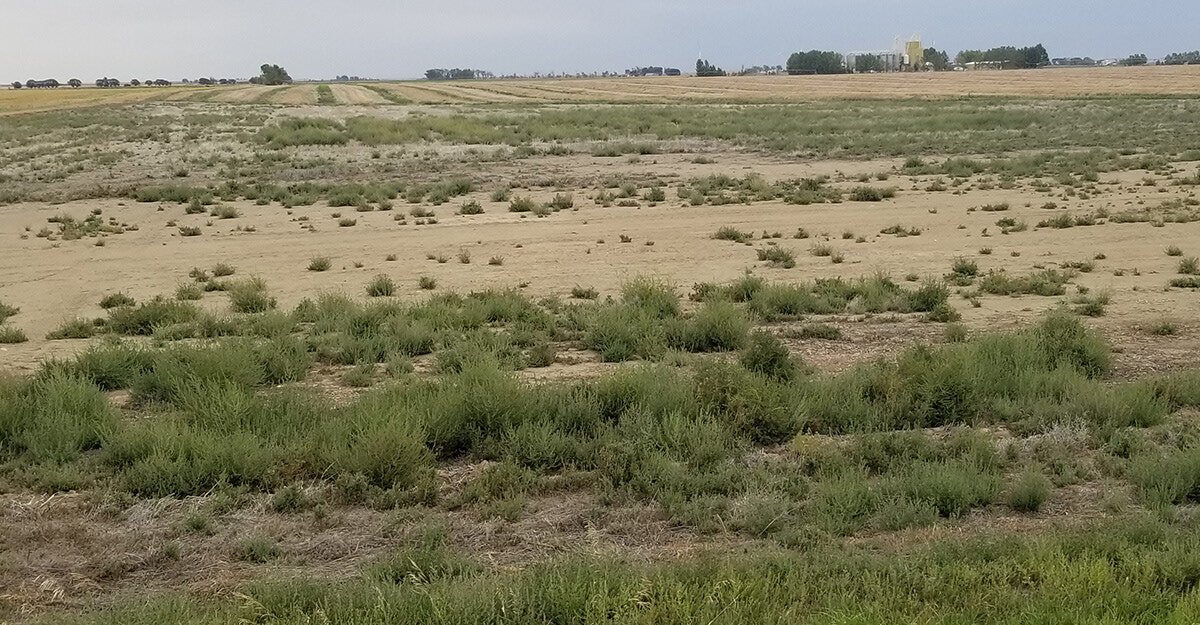Project AbstractPulse crops offer a myriad of benefits to soil and following crops when included in crop rotations. However, they are significantly negatively impacted by weed competition yet weed control remains a challenge in the Prairies. This study enlists researchers across the Prairies to overcome that challenge and identify successful weed management strategies for pulse growers in Saskatchewan, Alberta, and Manitoba. This collaborative study puts an important focus on kochia management, as its fast-evolving herbicide resistance continues make it a formidable opponent that growers face even beyond fields of pulse crops. Farming Smarter will contribute to the creation of a framework for successful multi-factor kochia management programs in pulses through five projects to identify valuable candidates for herbicidal weed control, demonstrate effective kochia control systems in saline areas, and determine the impact of new cultural practices, like mowing, on kochia seed production and seedbed inputs. The final step of this study is to prepare economic evaluations to provide farmers with practices they know will work and won't drain the bank. |
|
||||||||||
Project Objectives
|
|
|
|
Determine a biologically effective dose for controlling kochia with metribuzin |
|||||||||||||
MethodologyThe objective of this trial is to evaluate the metribuzin treatment rates with the best pulse tolerance and efficacy on kochia. Treatments will be responsive from year-to-year and adapt to the results we see. |
|||||||||||||
|
|
||||||||||||
|
|||||||||||||
Determine effect of weed control systems on kochia control in natural saline patches |
|||||||||||||||||
MethodologyThis study will use strip trials to determine the impact of herbicide when ran perpendicular to the salinity gradient of the patches. Reps in a field trial are dependent on the individual kochia patch gradient. |
|||||||||||||||||
|
|
||||||||||||||||
|
|||||||||||||||||
Field efficacy trials of kochia patch mowing over a 4-5-year period |
||||||||||||||||
MethodologyThe objective of this trial is to assess the efficacy of mowing kochia prior to seed set as a means of finding new cultural practices. |
||||||||||||||||
|
|
|||||||||||||||
|
||||||||||||||||
Results
Sign in to view Results and Recommendations
Results
Return in Spring 2026 for preliminary results from the first year of research
Recommendations
Return after the project's conclusion for recommendations from our research
Media |
||

